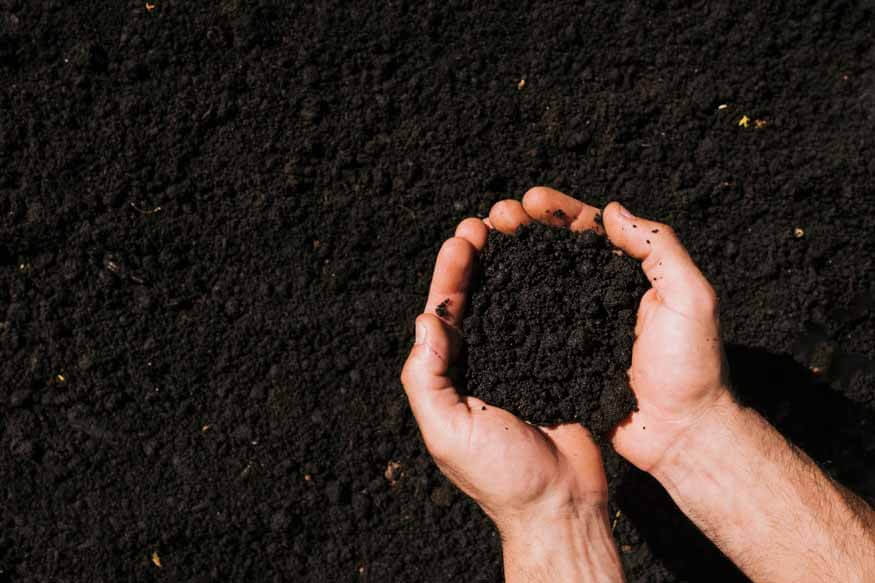Soil is the foundation of life, whether you’re cultivating a garden or managing farmland. But not all soils are created equal. Different types of soil have unique characteristics that influence everything from water retention and nutrient availability to drainage and stability. Whether it’s sandy, clay, loamy, or silty, understanding soil properties is essential in fields like agriculture, landscaping, and even construction. In this guide, we’ll dive into the key soil types, their distinct features, and how they impact the overall environment.
Types of Soil in Pakistan and Their Characteristics, Pros and Cons
| Types of Soil | Key Traits | Advantages | Disadvantages |
| Sandy soil | Large particles, very good drainage, low water retention | warms quickly; good for drought-resistant plants; easy tilling | poor nutrients; dries fast; can erode easily |
| Silt soil | Smooth, fine particles, retain moisture, good fertility | fertile; holds moisture; good for many plants | tends to compact; poor drainage if structure breaks; erosion risk |
| Clay soil | Very fine particles, compact, high retention of water and nutrients | nutrient rich; retains water; good for water-loving crops | drains poorly; heavy; slow to warm; may crack when dry |
| Loamy soil | Balanced mix of sand, silt, clay, + organic matter | ideal fertility; moisture + nutrient retention + good drainage; best all-round | Requires good soil management; may need amendment if dominated by one component |
| Chalky soil | Limestone/calcium carbonate content; alkaline | good for plants that prefer higher pH; often free draining | many plants dislike alkaline; nutrient availability issues; may need acidifying amendments |
| Peaty / Organic soils | High organic matter, retains moisture, often acidic | very fertile; retains moisture; good structure; rich in nutrients | may be too wet; decomposition causes subsidence; acidity may limit plant types |
Types of Soil | Pros and Cons
Soil texture plays a crucial role in determining how well plants will grow. The main types of soil are sand, silt, and clay, and the proportions of these particles determine how the soil behaves in terms of moisture retention, nutrient availability, and drainage.
Sand: The Largest Particles
Sand is composed of the largest particles, which gives it a gritty texture. It has good aeration and allows water to flow through it easily. While it dries out quickly, it also warms up fast, making it ideal for plants that thrive in drier conditions. However, sand doesn’t retain nutrients or moisture very well, which requires additional care and amendments.
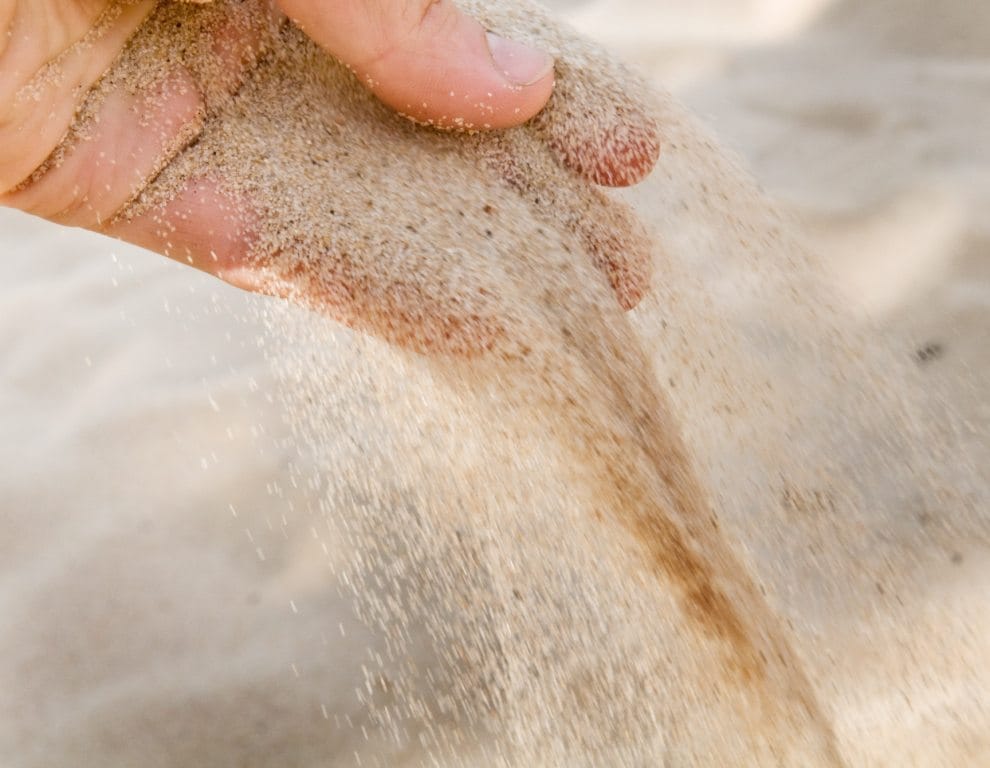
- Aggregate Structure: Sand’s particles don’t bind together well, leaving plenty of air gaps. This allows water to flow freely but also leads to rapid evaporation and poor nutrient retention.
- Compaction & Pore Spaces: Sand has large pore spaces that allow good airflow but can lead to rapid compaction when the soil structure is disturbed. Root growth can become restricted in overly compacted sand.
- Soil pH: Sandy soil can have varying pH levels depending on the surrounding environment, but it is often more alkaline, especially in areas near coastal regions. Alkaline pH can make certain nutrients less available to plants.
- Organic Matter: Adding organic matter can improve sandy soil’s fertility and water retention, helping it hold nutrients for longer periods.
Advantages:
- Excellent drainage properties.
- Warms up quickly, promoting early spring growth.
- Easy to till and work with.
Disadvantages:
- Poor nutrient retention, requiring frequent fertilization.
- Dries out quickly, requiring frequent irrigation.
- It can erode easily if not properly managed.
Silt: The Smooth & Fertile Type of Soil
Silt soil consists of fine particles that feel soft and powdery. It holds moisture better than sandy soil and has better fertility. It can be compacted easily, and when over-watered, it can become prone to erosion. However, it’s still an excellent choice for growing plants that require consistent moisture.
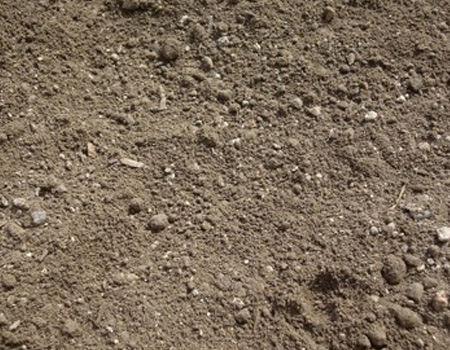
- Aggregate Structure: Silt particles are small and form fine aggregates that allow for good nutrient retention. However, the small particles can also form clumps that reduce water movement.
- Compaction & Pore Spaces: Due to its fine texture, silt is prone to compaction, which can restrict root growth and water drainage. Small pore spaces reduce the amount of soil oxygen, affecting root health.
- Soil pH: Silt soil tends to have a neutral to slightly acidic pH, making it one of the ideal types of soil in Pakistan for most plants. However, if the pH is too low, nutrient availability may be reduced.
- Organic Matter: Silt benefits from organic matter that can improve its structure and prevent compaction. Adding compost helps improve its drainage while maintaining moisture retention.
Advantages:
- Holds moisture well.
- Fertile soil that supports a variety of plants.
- Smooth texture, making it easy to work with.
Disadvantages:
- Easily compacted, reducing aeration and root growth.
- Prone to erosion, especially when not covered with vegetation.
- Drains slowly, which can result in waterlogged conditions.
Clay: The Smallest Particles
Clay soil has the smallest particles of all three soil types, which makes it dense and sticky when wet. While it’s great at retaining water and nutrients, it suffers from poor drainage. Clay becomes hard and cracks when dry, which can inhibit root penetration and growth.
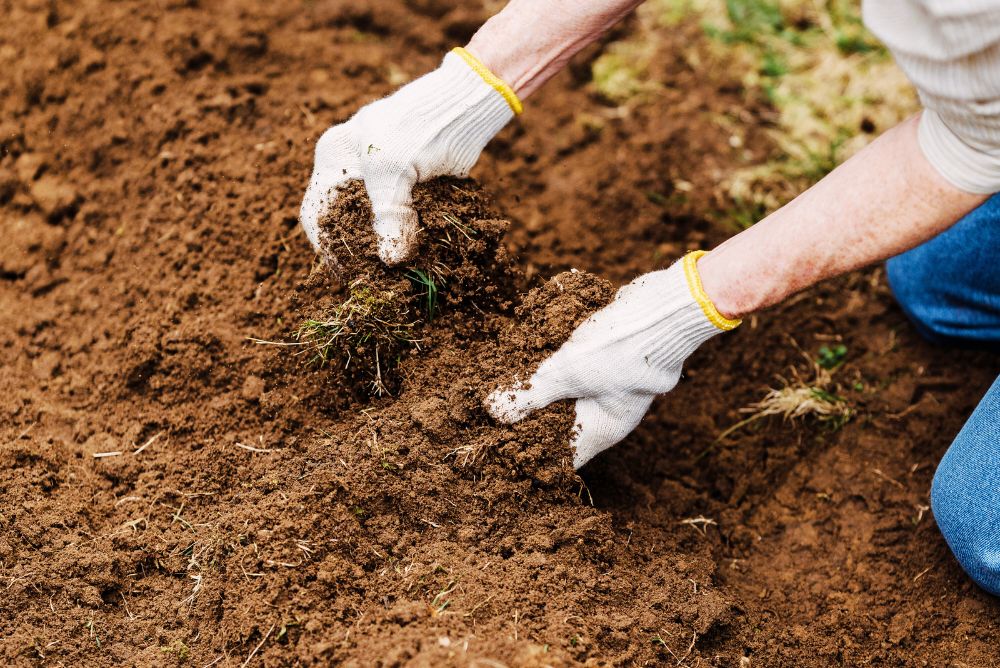
- Aggregate Structure: Clay particles are very fine and bind together tightly, which helps it retain nutrients but reduces airflow and drainage.
- Compaction & Pore Spaces: Low pore space and high compaction can suffocate roots and prevent air from reaching the soil. Roots may struggle to penetrate deep, especially in dense clay.
- Soil pH: Clay soil tends to be slightly alkaline, which may make some nutrients less available. However, if the pH becomes too high, essential nutrients like iron and phosphorus may become unavailable.
- Organic Matter: Adding organic matter to clay soil helps break up compaction, improves aeration, and increases moisture retention. This is essential for plant growth in clay-heavy areas.
Advantages:
- Nutrient-rich and capable of retaining a large amount of nutrients.
- Excellent water retention for water-loving plants.
- Stable structure that can withstand harsh weather conditions.
Disadvantages:
- Poor drainage, which can cause waterlogging.
- Tends to compact easily, suffocating plant roots.
- Hardens when dry, making it difficult for roots to penetrate.
Loam: The Ideal Soil
Loam is a balanced mixture of sand, silt, and clay, making it one of the best soil types for plant growth. It combines the best characteristics of all three types: excellent drainage, moisture retention, and nutrient-holding capabilities. It is easy to work with and provides a supportive environment for a wide range of plants.
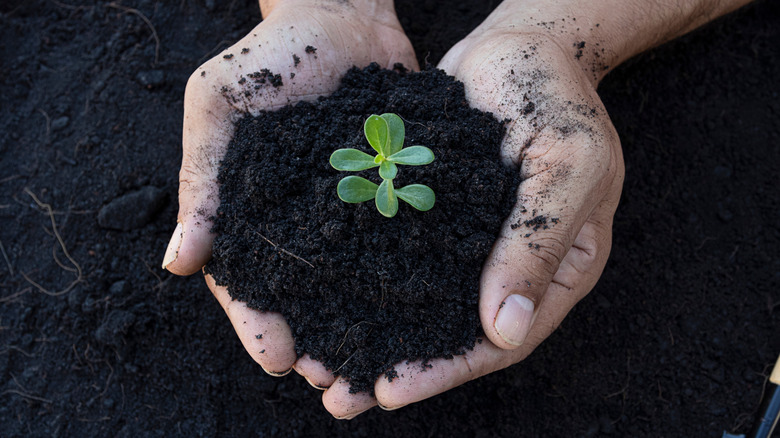
- Aggregate Structure: Loam has an optimal aggregate structure, with enough pore space for water and air to circulate while still retaining moisture and nutrients.
- Compaction & Pore Spaces: Loam has moderate pore spaces, providing a perfect balance of aeration and water retention. It does not compact easily and supports healthy root development.
- Soil pH: Loam generally has a neutral pH, making it ideal for a wide range of plants. The pH is suitable for nutrient uptake and supports plant growth without needing much adjustment, which makes it one of the ideal types of soil.
- Organic Matter: Loam contains a good amount of organic matter, which improves fertility and enhances soil structure. It’s easier to maintain and amend than other soil types.
Advantages:
- Perfect balance of drainage and moisture retention.
- Fertile and nutrient-rich, ideal for most plants.
- Easy to work with and amend for specific plants.
Disadvantages:
- Requires occasional maintenance to keep it well-drained in wet conditions.
- In dry areas, it may need additional moisture-retention amendments.
Chalky Soil: Alkaline, Rock-Based Soil
Chalky soil is one of the coarse types of soil and is slightly alkaline due to its high lime content. It is typically coarser and can be a mix of clay and gravel. While it tends to drain well, its high pH can limit the types of plants that thrive in it. It is often more suitable for plants that prefer alkaline conditions.
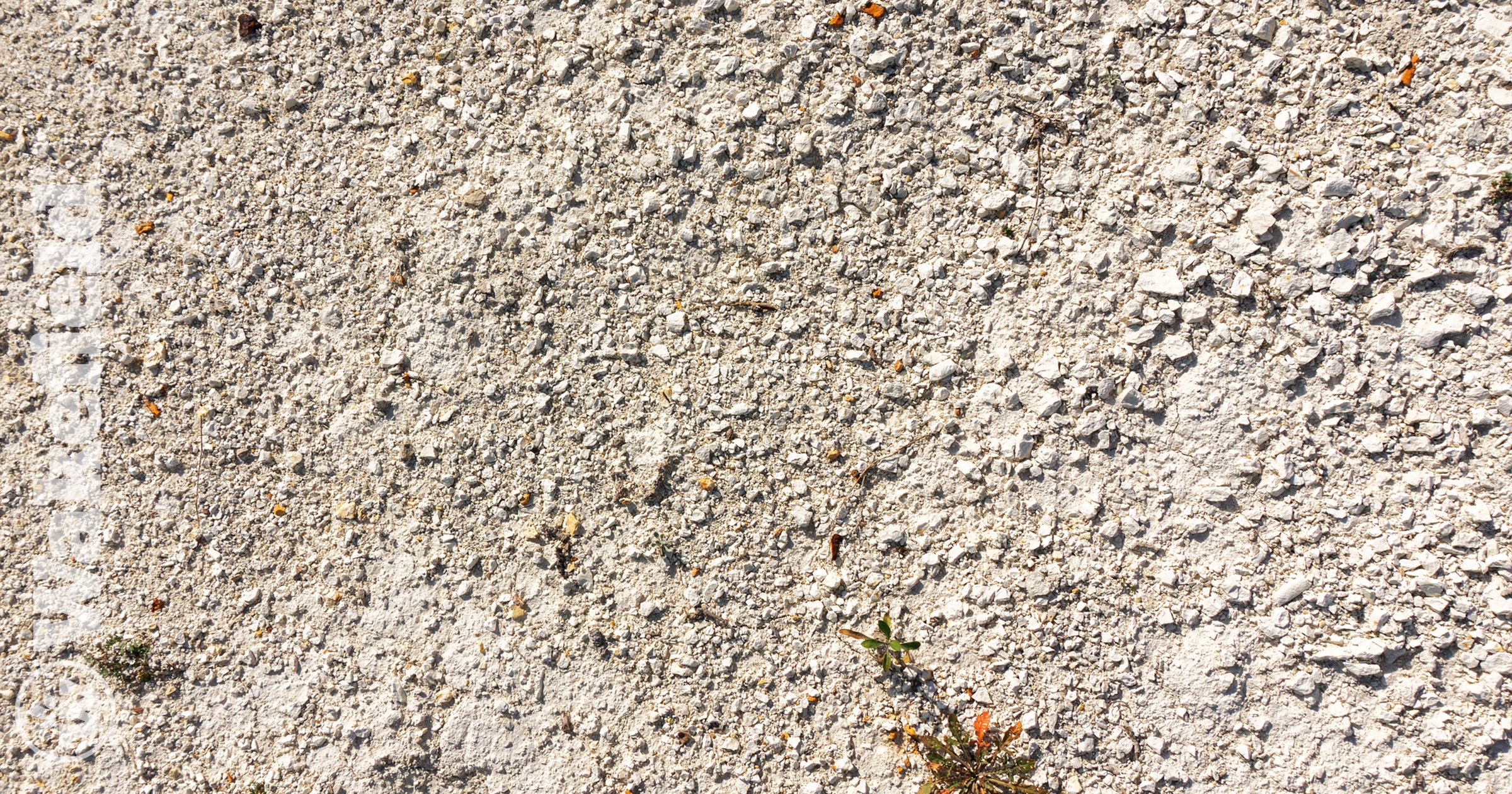
- Aggregate Structure: Chalky soil particles are coarse, and the structure tends to be loose, allowing for good drainage and aeration. This makes it easier for roots to penetrate, but it can also dry out quickly in hot conditions.
- Compaction & Pore Spaces: Chalky soils are typically non-compact, due to the presence of gravel and coarse particles. This results in larger pore spaces, which improves aeration but can also lead to the soil drying out faster. However, the loose structure also allows for better root growth compared to more compact soils like clay.
- Soil pH: Chalky soil is naturally alkaline, which can affect plant growth. Most plants prefer slightly acidic to neutral soil for optimal nutrient uptake. If the soil’s pH is too high, it can lock up essential nutrients like iron and phosphorus, making them unavailable to plants.
- Organic Matter: Adding organic matter like compost or mulch helps lower the pH slightly and improves soil fertility by providing nutrients that the soil may lack. Organic amendments also help retain moisture, preventing the soil from drying out too quickly.
Advantages:
- Well-drained, preventing waterlogging.
- Works well for alkaline-loving plants, such as certain herbs.
- Easy to till and manage compared to clay.
Disadvantages:
- The alkaline nature limits plant variety.
- Nutrient availability issues for certain plants that prefer acidic soils.
- Requires pH adjustments for non-alkaline-tolerant plants.
Peaty Soil: Rich in Organic Matter
Peaty soil is rich in organic material, often dark and spongy to the touch. It retains moisture very well but can become too wet in certain conditions. It’s ideal for plants that need high organic content and moisture retention, like blueberries or moisture-loving vegetables.
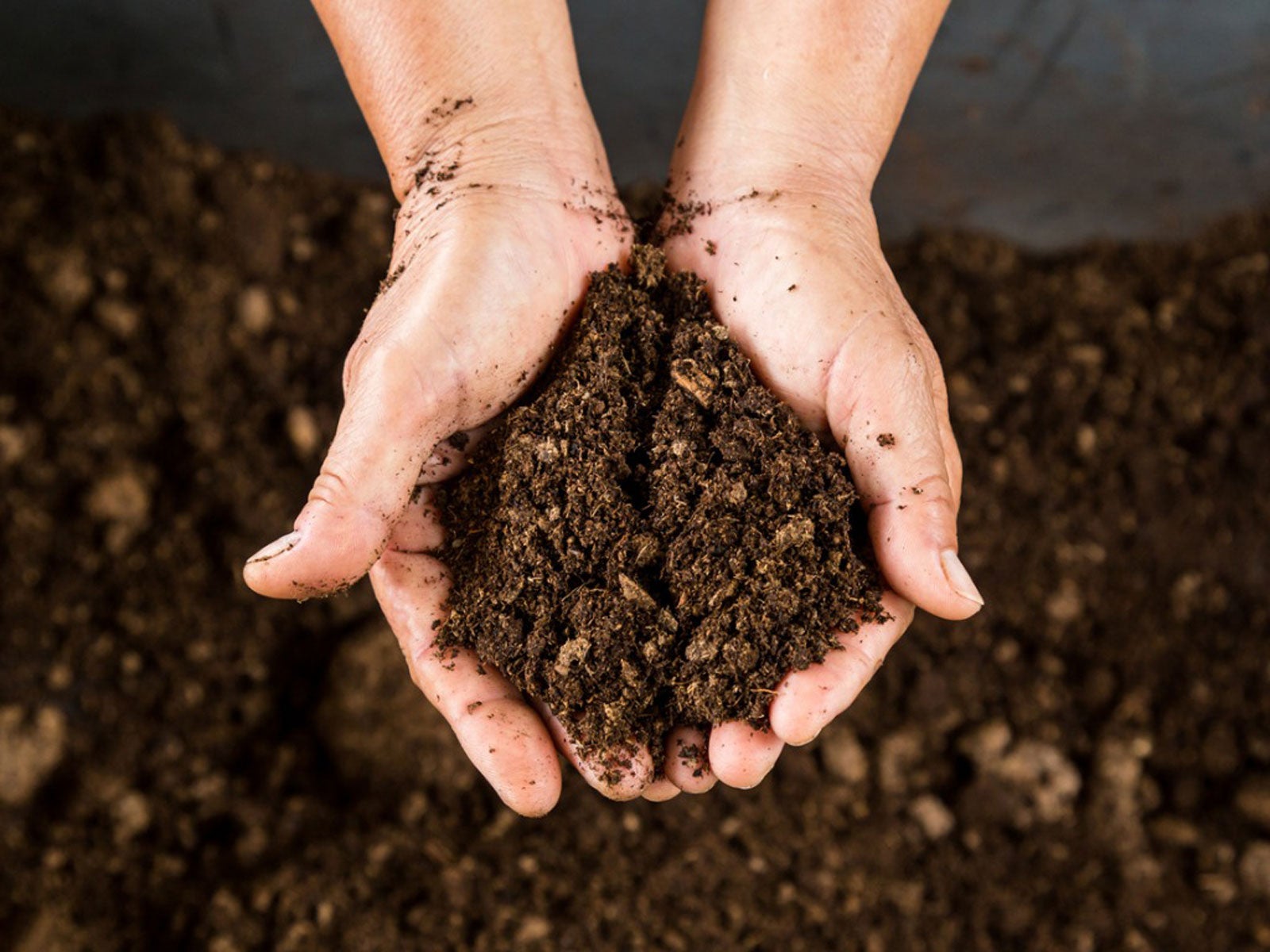
- Aggregate Structure: Peaty soil has a fine, loose texture with plenty of organic material that can form aggregates. This structure improves water retention but can also become waterlogged if not properly managed.
- Compaction & Pore Spaces: The high organic content allows for good aeration in the soil, but it can become compacted over time, especially in wet conditions. The pore spaces in peaty soil are often filled with water, making it difficult for roots to access air and nutrients if the soil is too saturated.
- Soil pH: Peaty soil tends to be acidic, which can limit the availability of nutrients like calcium, magnesium, and potassium. Acidic conditions are great for plants like blueberries, but they may not be ideal for other species. Amending with lime or alkaline materials can help balance the pH if needed.
- Organic Matter: Peaty soil is naturally high in organic matter, which helps improve soil structure, water retention, and fertility. Adding more organic material, such as compost or well-rotted manure, can enhance the soil’s ability to support plant growth by improving drainage and increasing nutrient availability.
Advantages:
- Highly fertile and rich in organic matter.
- Excellent water retention—great for moisture-loving plants.
- Supports healthy root growth with plenty of organic nutrients.
Disadvantages:
- It can become waterlogged, leading to root rot.
- Acidic pH, which may need adjustments depending on plant requirements.
- Decomposes over time, causing soil subsidence.
Soil Texture Triangle & Combinations
Understanding how soil types combine is key to determining the best soil for your needs. The soil texture triangle helps to visualize how sand, silt, and clay mix to form different soil types. For example:
- Sandy Loam: A balanced soil with good drainage but still retains enough moisture for most plants.
- Silty Clay: A mixture of silt and clay that retains moisture but drains poorly.
Knowing the properties of these soil combinations allows you to make better decisions about soil amendments, irrigation, and plant selection.
Types of Soil in Pakistan
Pakistan’s diverse topography and climatic conditions have led to the formation of various soil types, each with unique characteristics and agricultural significance. Understanding these soil types is crucial for effective land use, agriculture, and construction.
1. Alluvial Soil
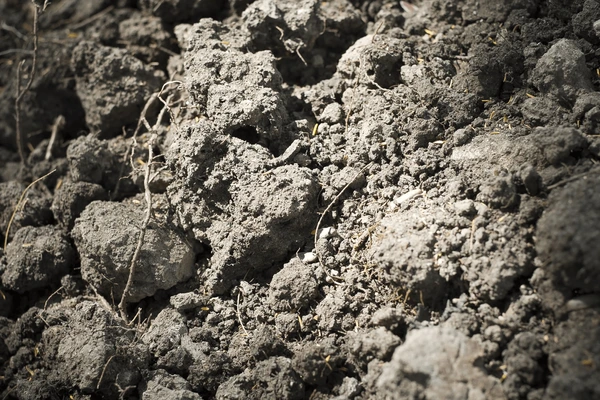
- Location: Predominantly found in the Indus Plain, encompassing regions like Punjab and parts of Sindh.
- Composition: A mix of clay, silt, and sand.
- Properties:
- Light and easily tillable due to its porous nature.
- Rich in nutrients, making it highly fertile.
- Ideal for cultivating a variety of crops, including wheat, rice, and cotton.
2. Sandy Soil
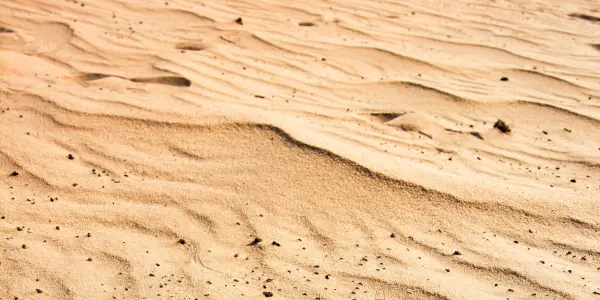
- Location: Common in arid and semi-arid regions such as Thar, Cholistan, and parts of Balochistan.
- Composition: High sand content with minimal clay.
- Properties:
- Excellent drainage but low water and nutrient retention.
- Generally acidic, requiring amendments for improved fertility.
- Suitable for drought-resistant plants and certain desert vegetation.
3. Clayey Soil
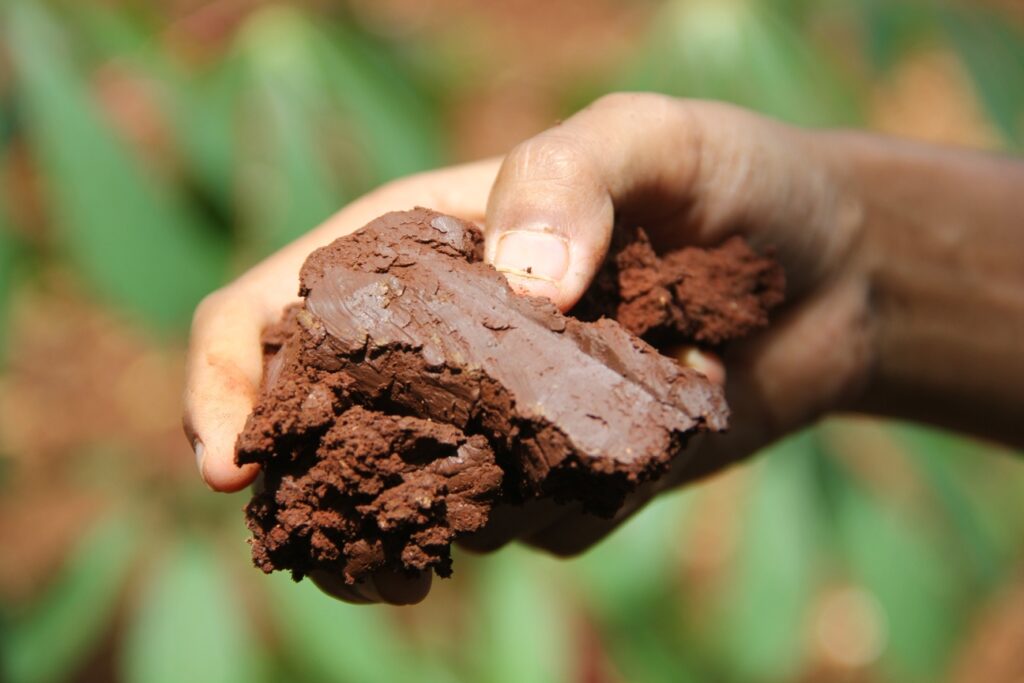
- Location: Found in areas like Hyderabad, Sahiwal, Multan, and Badin.
- Composition: High clay content.
- Properties:
- Heavy and sticky texture.
- High water retention and nutrient content.
- Prone to waterlogging; requires proper drainage systems.
- Supports crops like rice, sugarcane, and various vegetables.
4. Silty Soil
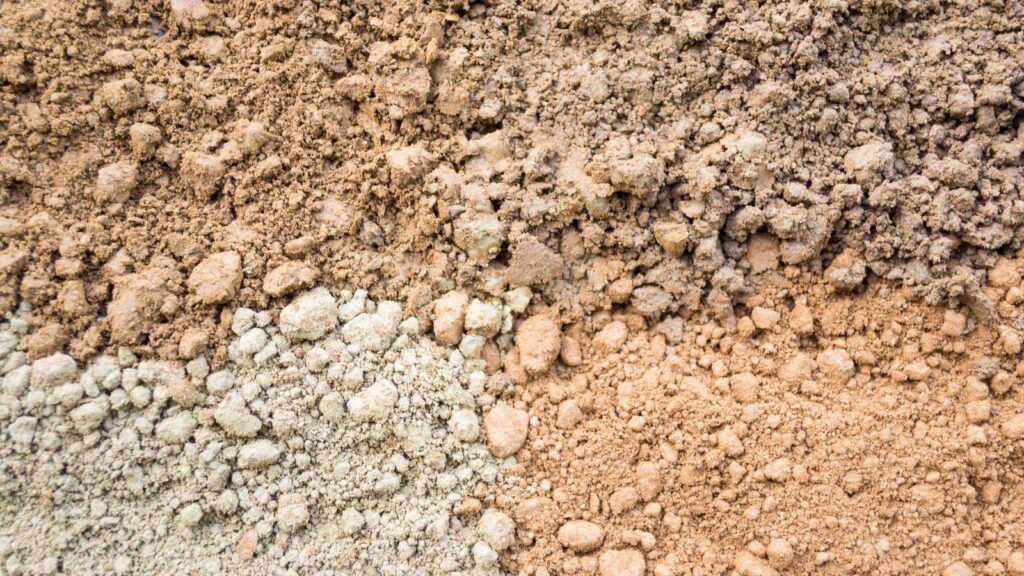
- Location: Found in regions with fine sediment deposition.
- Composition: A balance of sand, silt, and clay.
- Properties:
- Smooth texture with moderate water retention.
- Moderate fertility; may require organic matter for enhanced productivity.
- Suitable for a wide range of crops, including vegetables and fruits.
5. Calcareous Soil
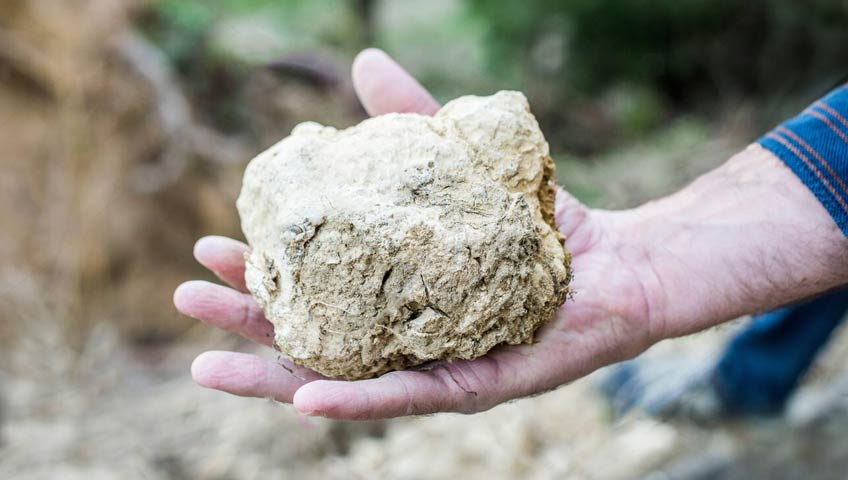
- Location: Common in the western mountainous regions such as Sibbi, Kohat, and Quetta.
- Composition: High in calcium carbonate.
- Properties:
- Alkaline pH, often above 7.
- Low in iron and phosphorus availability.
- Supports limited vegetation; requires soil amendments for agricultural use.
How to Identify Types of Soil in Pakistan?
Knowing the types of soil is crucial for making the right decisions for your garden or land. Different soils support different plant types and have unique needs for drainage, watering, and fertilization.
Fortunately, you don’t need expensive equipment to identify your soil type. You can do simple field tests to understand your soil better and ensure it’s suitable for your intended plantation or construction projects.
- Feel Test:
Take a small amount of soil and rub it between your fingers.
- Sandy Soil: Feels gritty and rough.
- Clay Soil: Feels sticky and smooth.
- Silty Soil: Feels smooth and powdery, like flour.
- Loamy Soil: Feels soft, crumbly, and balanced between smooth and gritty.
1. Water Retention Test:
Fill a container with soil and add water.
- Sandy Soil: Water drains through quickly.
- Clay Soil: Water will sit on the surface for a long time.
- Silty Soil: Water will absorb slowly but stay for a while.
- Loamy Soil: Water will be absorbed at a moderate rate, with no pooling.
2. Squeeze Test:
Take a handful of moistened soil and squeeze it in your hand.
- Sandy Soil: Falls apart quickly with minimal shaping.
- Clay Soil: Molds into a ball easily but feels sticky.
- Silty Soil: Forms a loose ball but doesn’t stick as much as clay.
- Loamy Soil: Forms a loose ball but crumbles when touched lightly.
3. Drainage Test:
Dig a small hole in the soil and fill it with water.
- Sandy Soil: Water drains within 1-2 hours.
- Clay Soil: Water takes several hours or more to drain.
- Silty Soil: Water drains in about 2-3 hours.
- Loamy Soil: Water drains moderately within a few hours.
Observing Soil Color, Drainage, and Texture
- Color: Darker soils tend to have more organic matter, making them fertile. Lighter soils, like sandy soils, are often low in organic matter.
- Texture: Look for smoothness, grittiness, or stickiness in your soil to help identify its type.
- Drainage: Well-draining soil is ideal for most plants, whereas slow-draining soil may require amendments or drainage systems.
Lab Test to Understand Types of Soil
While simple field tests can provide useful insights, lab testing can offer a more precise understanding of your soil’s composition. This is especially useful when you want to:
- Test for pH: Determining whether your soil is acidic, neutral, or alkaline is critical, as it affects nutrient availability.
- Check nutrient levels: A soil test can tell you if your soil has enough of the essential nutrients like nitrogen, phosphorus, and potassium.
- Identify toxicities: Some soils may have excess metals or salts that could harm plants. A lab test can help you determine whether your soil needs treatment or amendment.
- Call to action: Try improving soil health once this season; small changes yield big rewards.
FAQs
What Soil Type is Best for Vegetable Gardens?
For vegetable gardens, loamy soil is often considered the best choice. It strikes a perfect balance between drainage and moisture retention, while also providing enough nutrients for healthy plant growth.
How Do I Know if Soil is Clay or Sandy Without a Lab?
- Feel Test: Sandy soil feels gritty and rough, while clay soil feels smooth and sticky when wet.
- Squeeze Test: Sandy soil falls apart easily when squeezed, while clay soil forms a ball and may even stay intact.
- Water Drainage Test: Sandy soil drains water quickly, while clay soil holds water longer.
Can Soil Type Change Over Time?
Yes, soil type can change over time due to natural processes or human intervention. Factors like erosion, compaction, and the addition of organic material can alter the composition of your soil.
How Often Should I Test Soil pH and Nutrients to understand types of soil?
Soil pH and nutrient levels should be tested at least once a year, preferably in early spring before planting. If you’re making changes to your garden or farming practices, testing more frequently (every 6 months) can help you track soil improvements.
Conclusion
Understanding types of soil is the first step to successful gardening and farming. Whether you’re growing vegetables, flowers, or trees, knowing what your soil needs, be it better drainage, more nutrients, or a specific pH, can help you optimize growth and yield.
For more information on similar blogs, such as sustainable construction materials, visit Chakor blogs.

